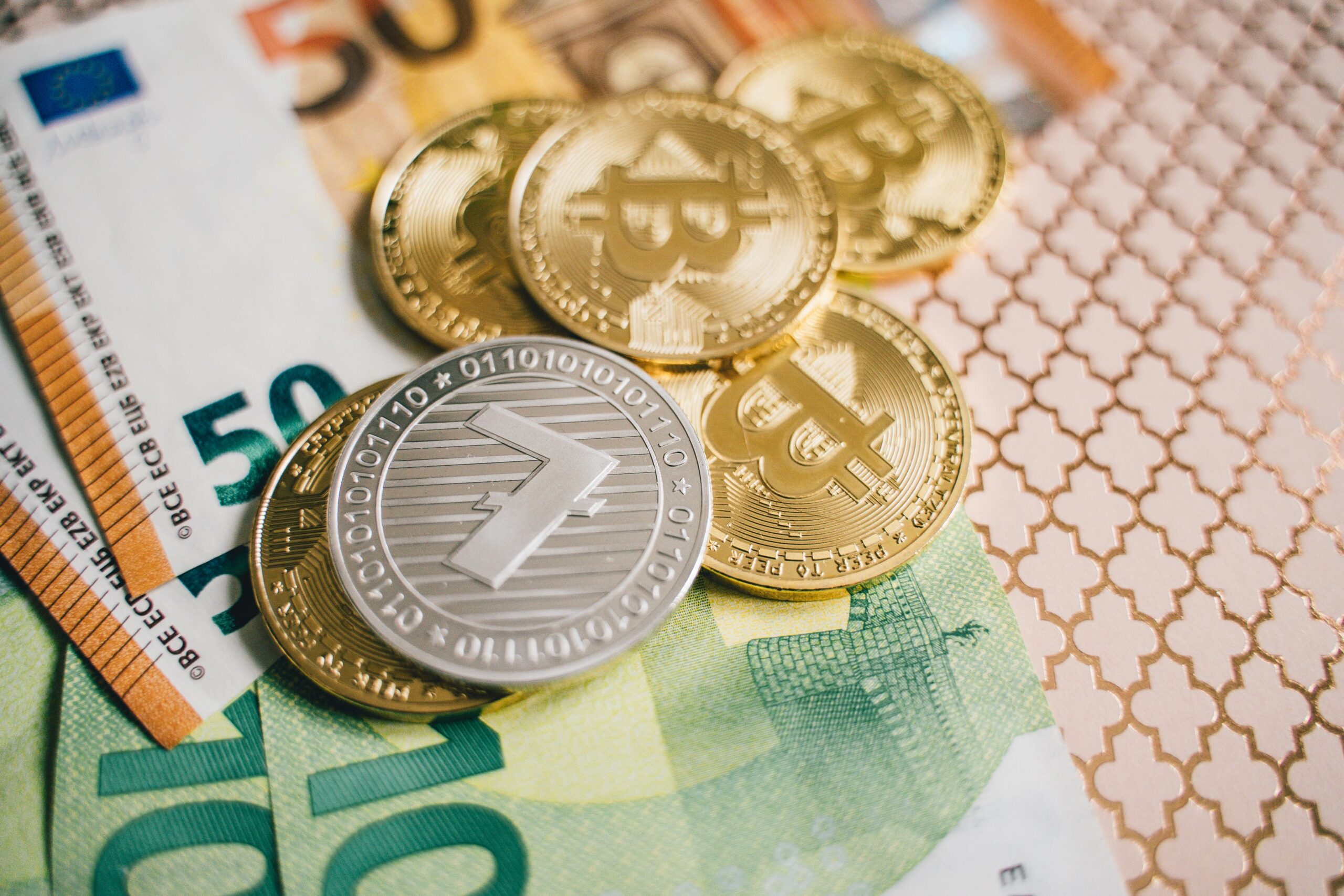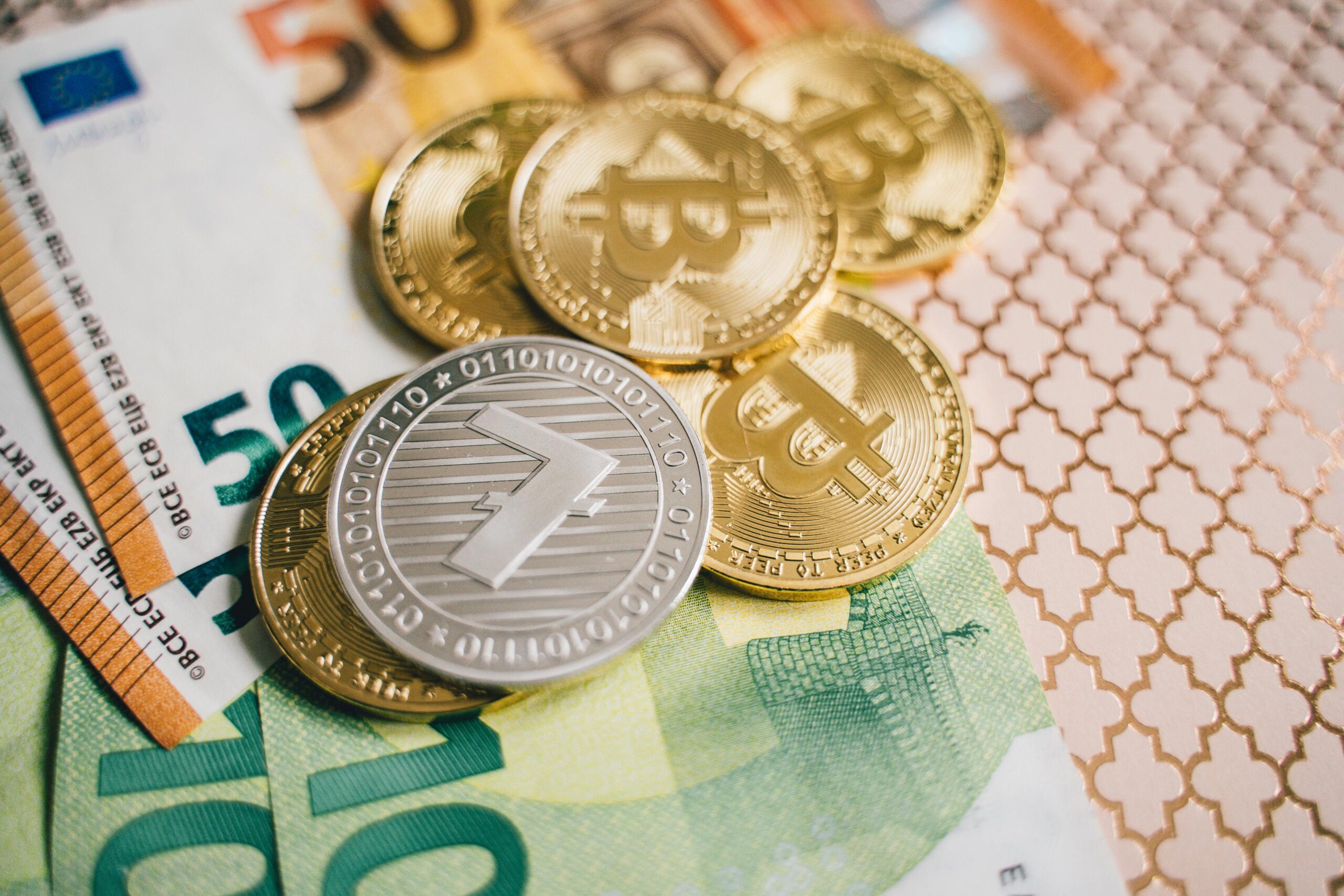Bitcoin close to 95,000 dollars in the early months of 2025: the positive trend strengthens as the comparison with gold as a bene rifugio grows. Bitcoin surpasses 95,000 dollars: a resilient performance in a context of crisis The value of BTC almost reached 95,000 dollars, marking the best week since November 2024. Despite a complex …
Bitcoin near $95,000: the strength as digital gold grows


Bitcoin close to 95,000 dollars in the early months of 2025: the positive trend strengthens as the comparison with gold as a bene rifugio grows.
Bitcoin surpasses 95,000 dollars: a resilient performance in a context of crisis
The value of BTC almost reached 95,000 dollars, marking the best week since November 2024.
Despite a complex start to the year and the strong commercial tensions generated by the new tariff policies of the Trump administration, the world’s leading cryptocurrency has shown a surprising resilience.
After experiencing a maximum drop of 18% in the first months of the year, Bitcoin returned to positive in 2025, recording a rise of about 1.5% compared to December 31.
Although lower than the growth of gold, which gained about 24% in the same period, bitcoin has clearly stood out even compared to the Nasdaq 100 index, which is down more than 7%.
The correlation between Bitcoin and gold is growing: the most recent data
According to analyses conducted using a 30-day moving average, bitcoin has reached a positive correlation of 0.70 with gold. In comparison, the link with the Nasdaq 100 remains weaker, with a correlation of only 0.53.
The scale of correlation coefficients ranges from 1 (perfect positive correlation) to -1 (perfect negative correlation). The current data therefore indicates that bitcoin is increasingly behaving like a safe haven asset, separating itself from the behavior of highly volatile tech stocks.
This trend strengthens the emerging narrative that sees Bitcoin not so much as a speculative asset related to technology, but rather increasingly close to the concept of “digital gold”.
New USA-China tariffs and economic impacts: the role of Bitcoin
The current global economic situation has been severely shaken by the strengthening of tariffs imposed by President Trump on Chinese products, which have risen up to 145% at the beginning of this month. These measures have caused a sharp drop in the demand for international cargo shipments, increasing uncertainty in the markets.
According to various reports, major US retailers like Walmart have begun to indicate potential future supply issues, even suggesting a return to dynamics similar to those observed during the most critical periods of the COVID-19 pandemic.
In this scenario, bitcoin has confirmed its status as an asset less sensitive to traditional economic cycles, recording a weekly growth of 10% last week — the best result since Trump’s electoral victory in November 2024.
Bitcoin as “digital gold”: concrete signs of market maturation
Over the years, the idea of bitcoin as a digital surrogate for gold has gained ground, but only recently do the data seem to fully confirm this thesis. In the face of macroeconomic shocks, stock market volatility, and international trade tensions, bitcoin now seems to react with dynamics similar to those of traditional gold.
Furthermore, the fact that bitcoin has been able to achieve a significant recovery despite not benefiting from traditional fiscal stimuli or accommodative monetary policies further underscores its progressive independence as an asset class.
Despite some structural differences between bitcoin and gold — such as liquidity, market age, and risk perception — it is difficult to ignore that for many investors bitcoin is now considered a plausible hedge against inflation and geopolitical tensions.
Resilience Factors: why Bitcoin maintains its strength
Various dynamics have contributed to the recent strength of bitcoin:
- Diversification of investors: more and more institutional investors have balanced their portfolios by including shares in cryptocurrencies.
- Reduction of correlation with tech stocks: bitcoin has lost part of its nature as a high-beta asset, decreasing correlations with volatile tech stocks.
- Consolidated “bene rifugio” narrative: unfavorable macroeconomic events have accelerated the recognition of bitcoin as a defensive asset.
However, it should be emphasized that bitcoin retains significantly higher volatility compared to gold. Future economic developments — such as further tariff increases, changes in interest rates, or new geopolitical tensions — could still trigger rapid changes in market trends.
Bitcoin towards the future: opportunities and risks
The recent behavior of bitcoin opens new perspectives on its evolution as an investment tool. Unlike the early days, when the cryptocurrency was primarily considered a speculative asset, it is now establishing itself as a serious option for protecting capital during periods of global uncertainty.
Looking ahead, it will be essential to monitor whether this high correlation with gold will be consolidated in the medium to long term or if it will return to oscillate together with the more speculative sectors of the market.
In any case, the performance of bitcoin under the Trump administration and in the midst of a trade war with China suggests that cryptocurrencies, and bitcoin in particular, could play an increasingly central role within the most advanced investment strategies.
Finley Benson is a tech-savvy writer with a background in blockchain development, Finley explores the latest innovations in Web3, DeFi, and smart contract technologies. His articles blend technical depth with real-world applications.










